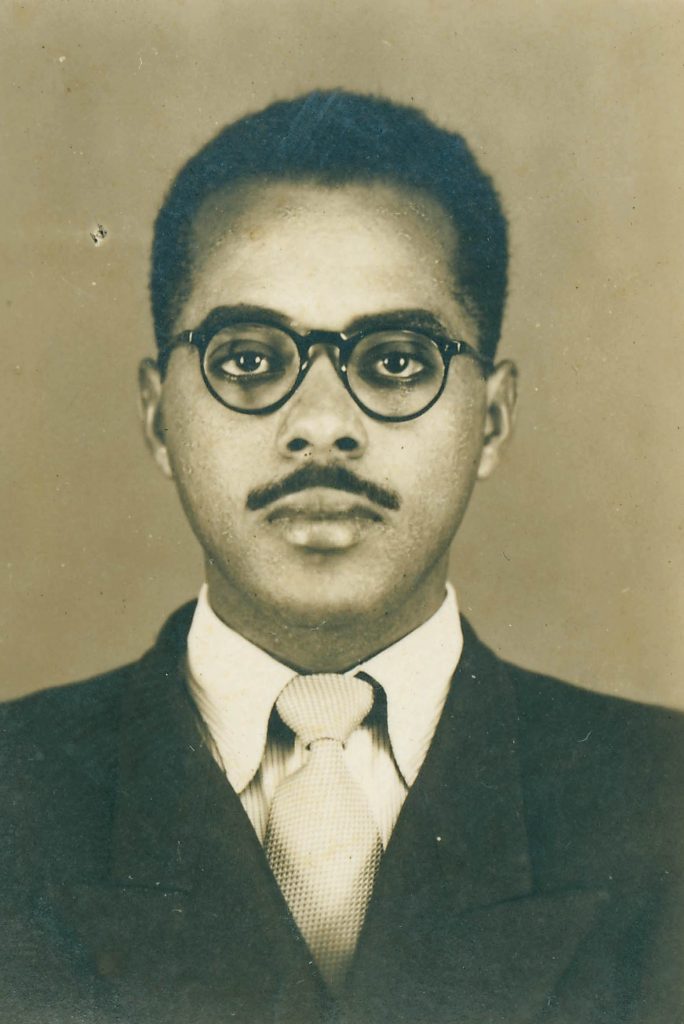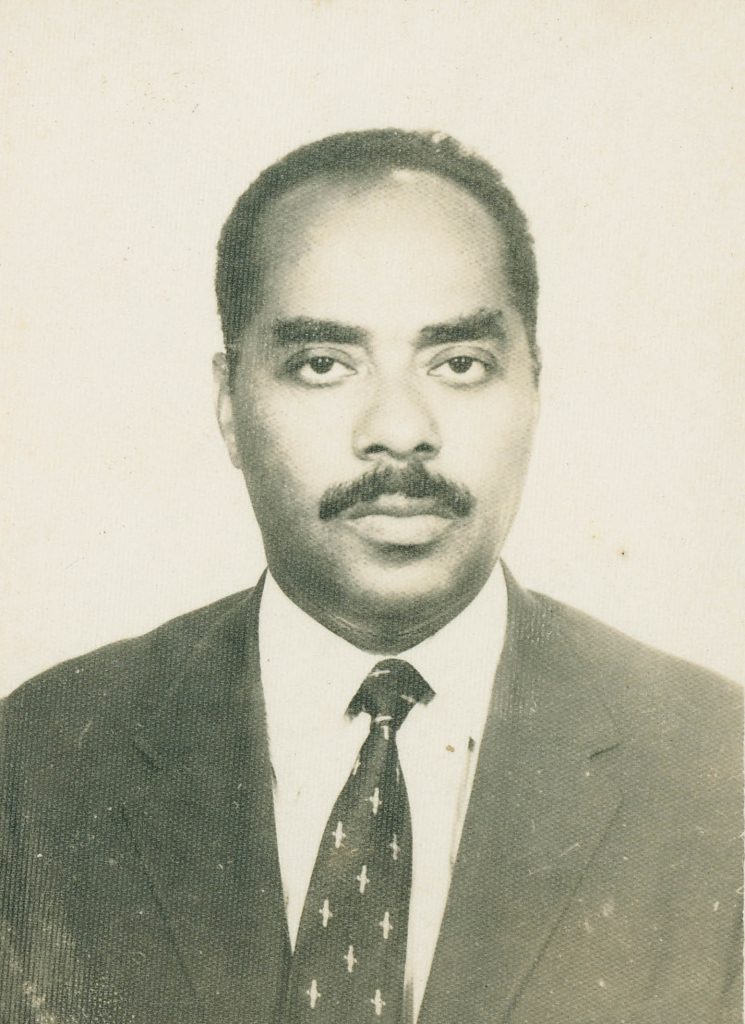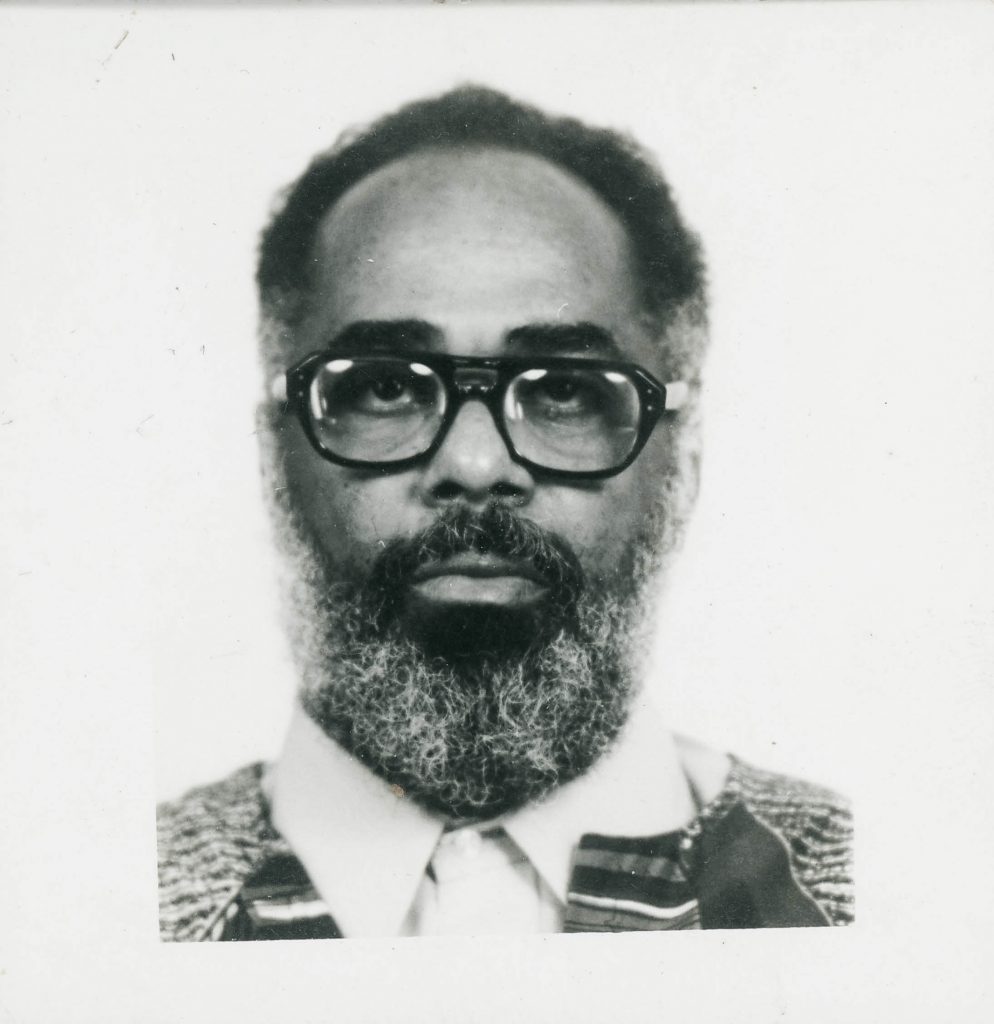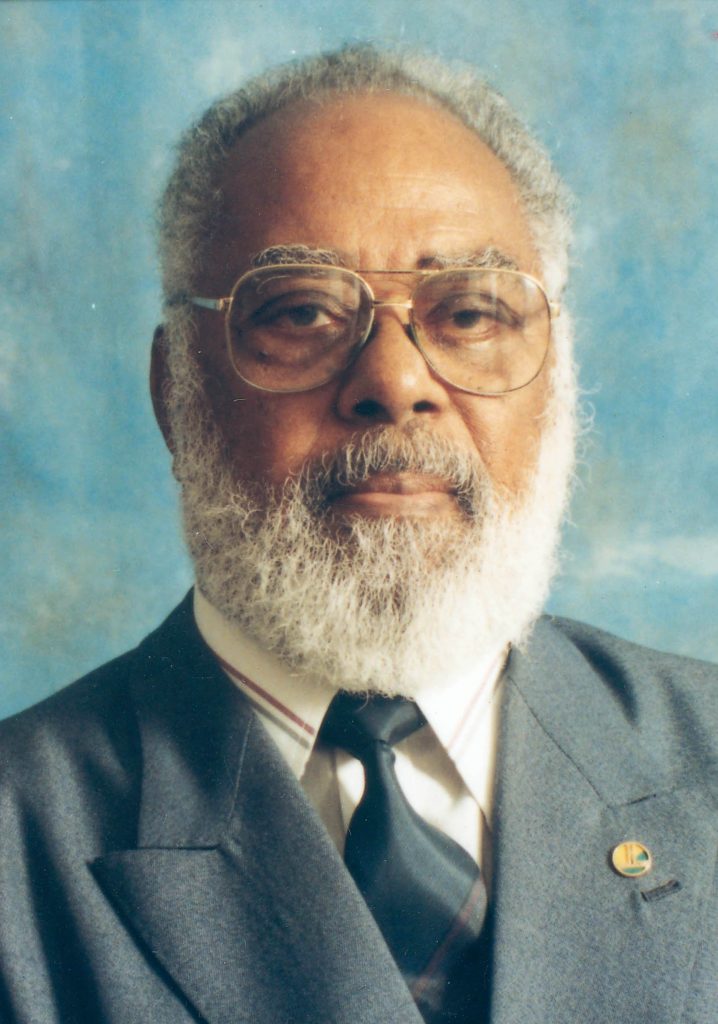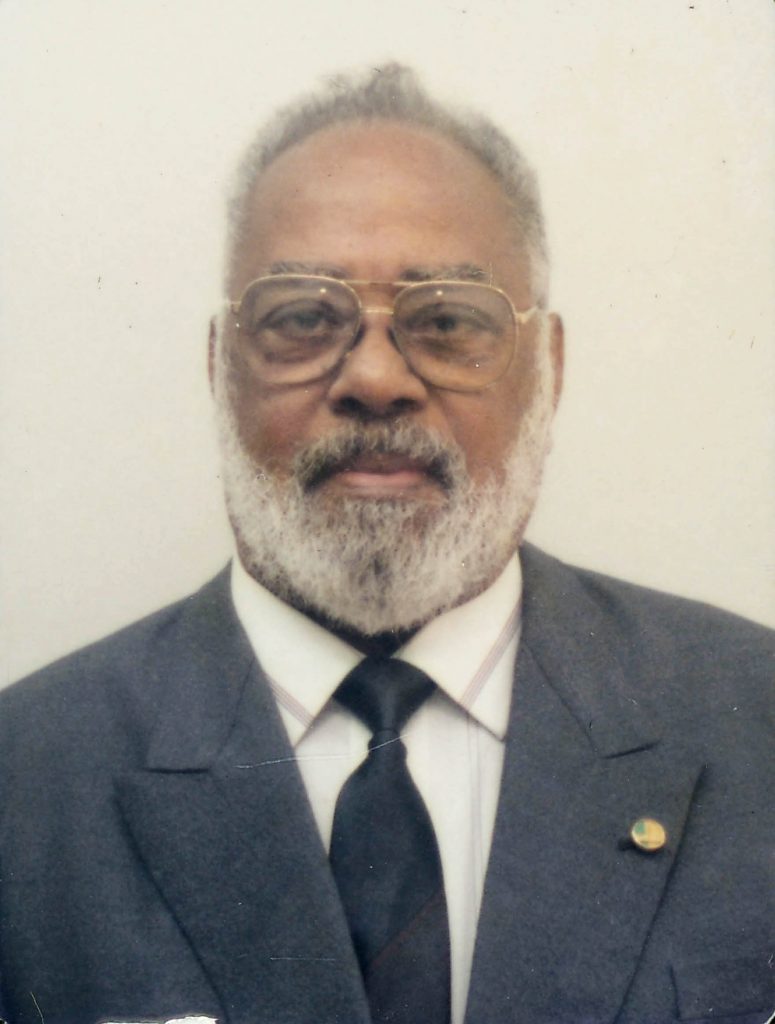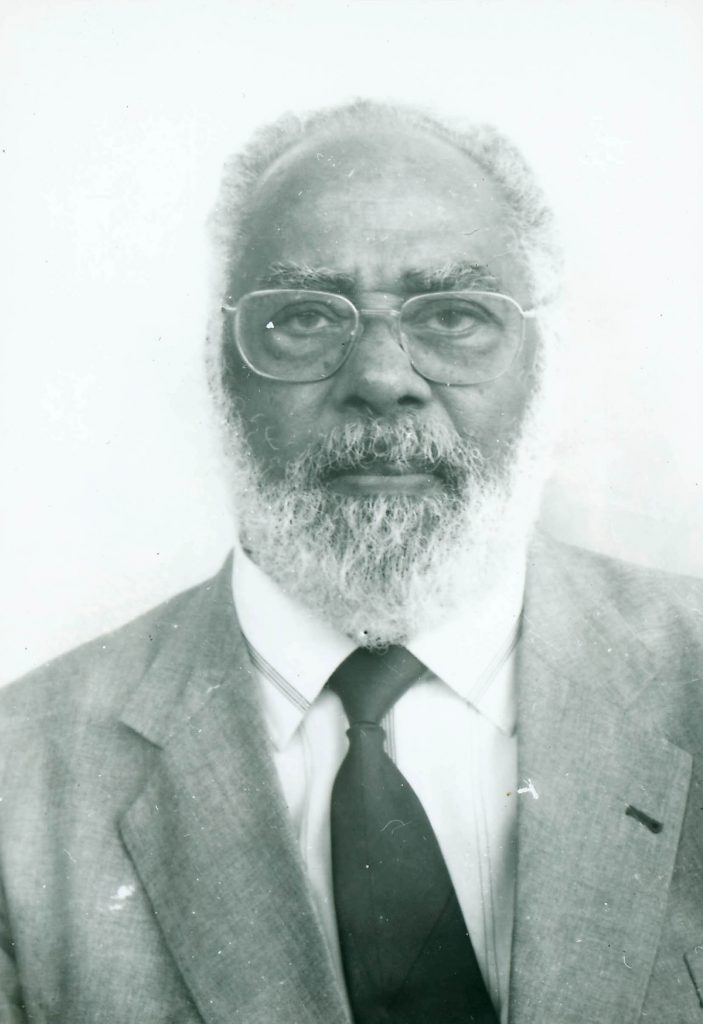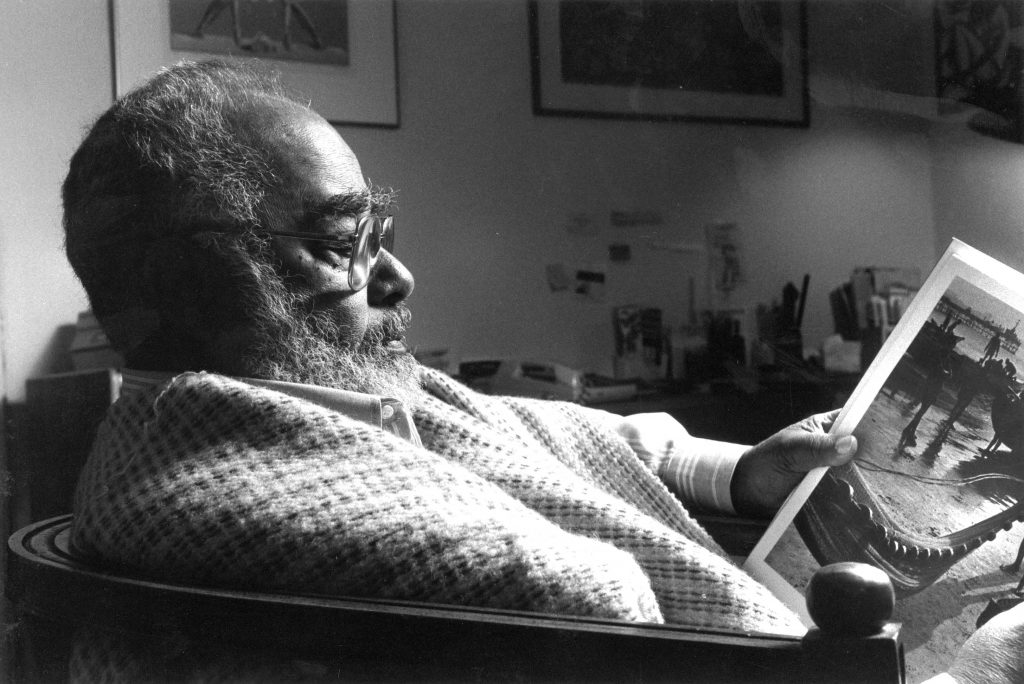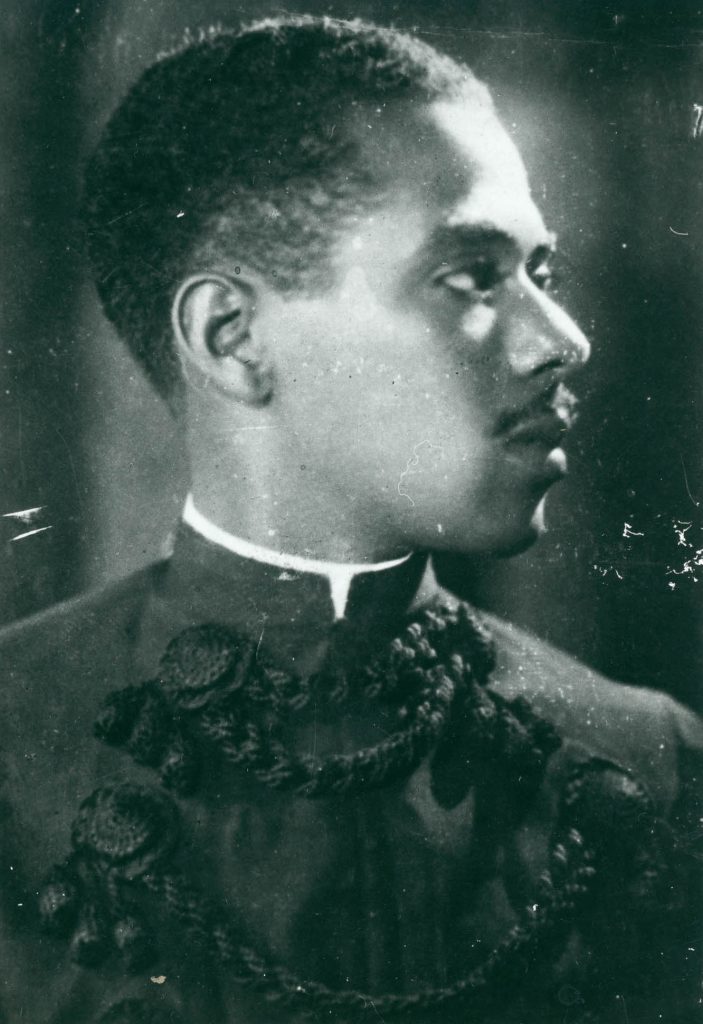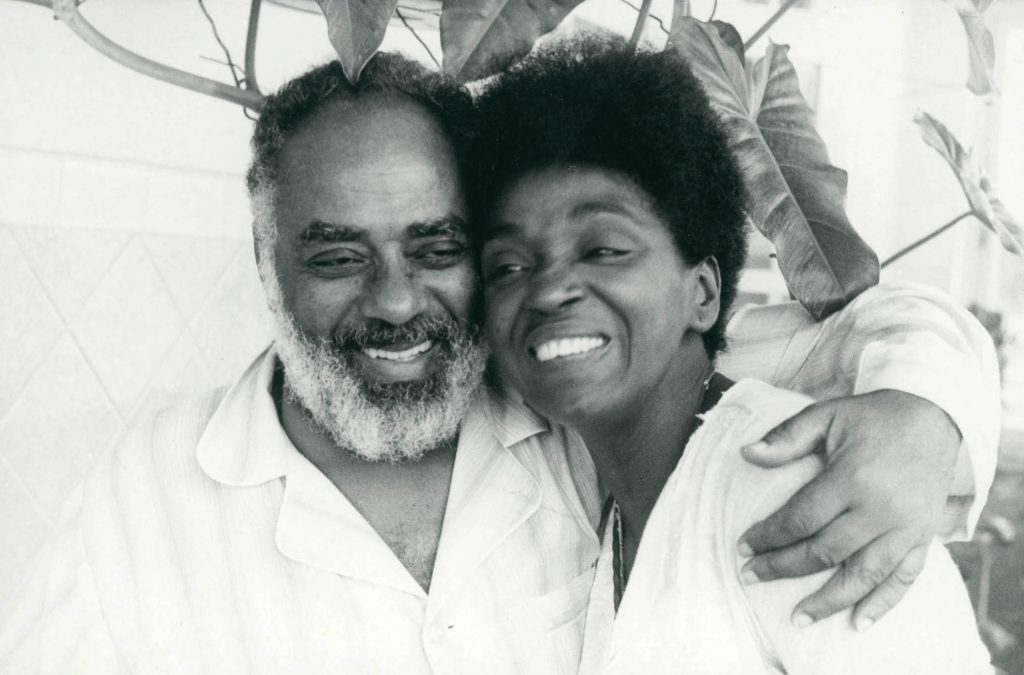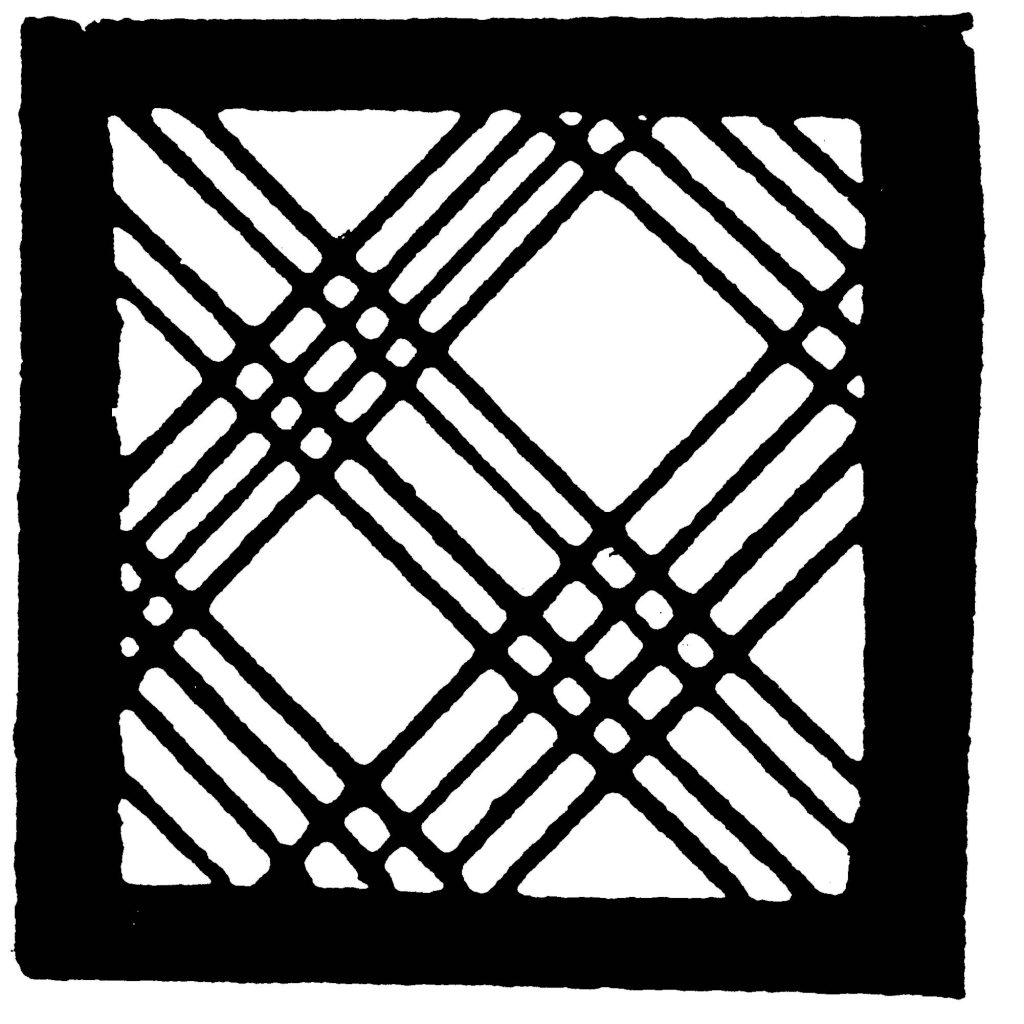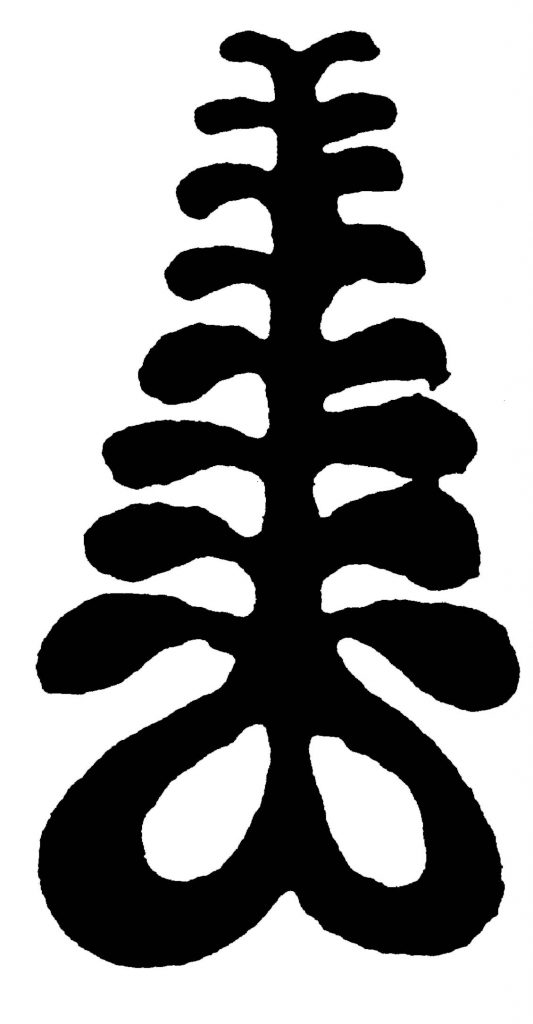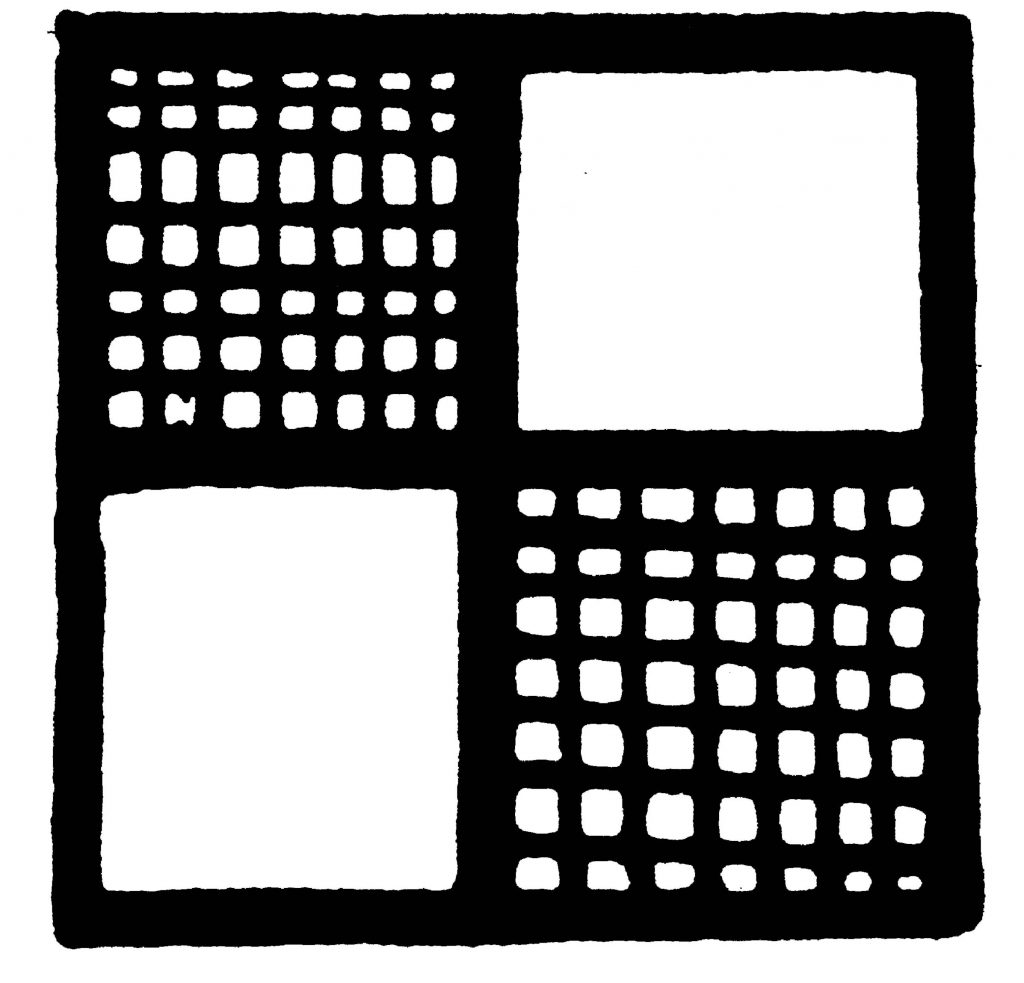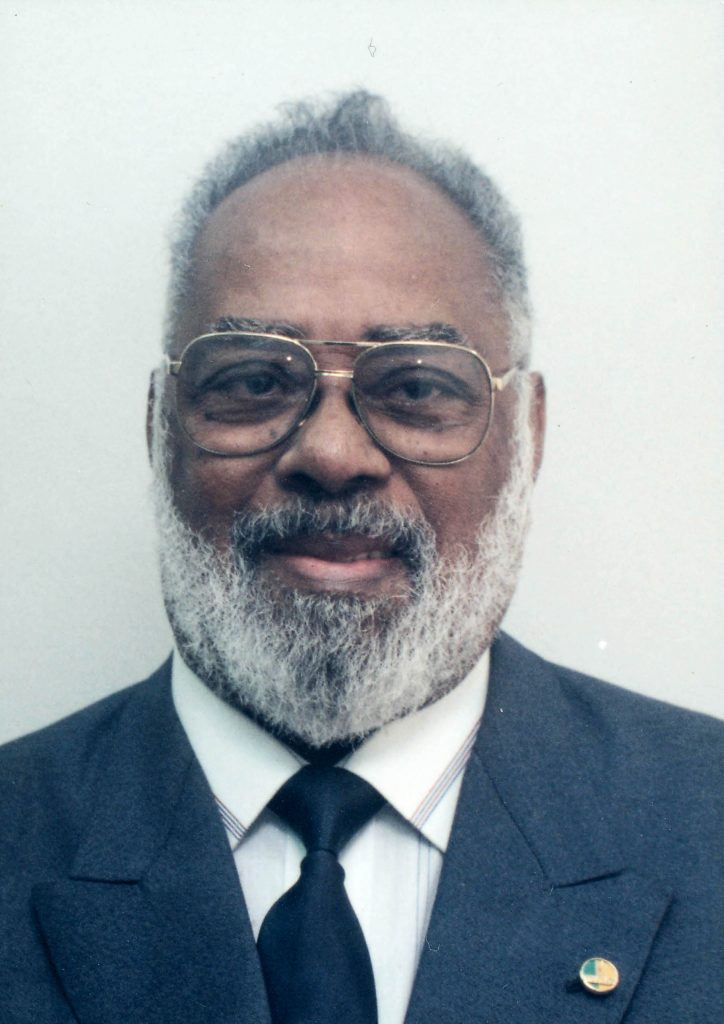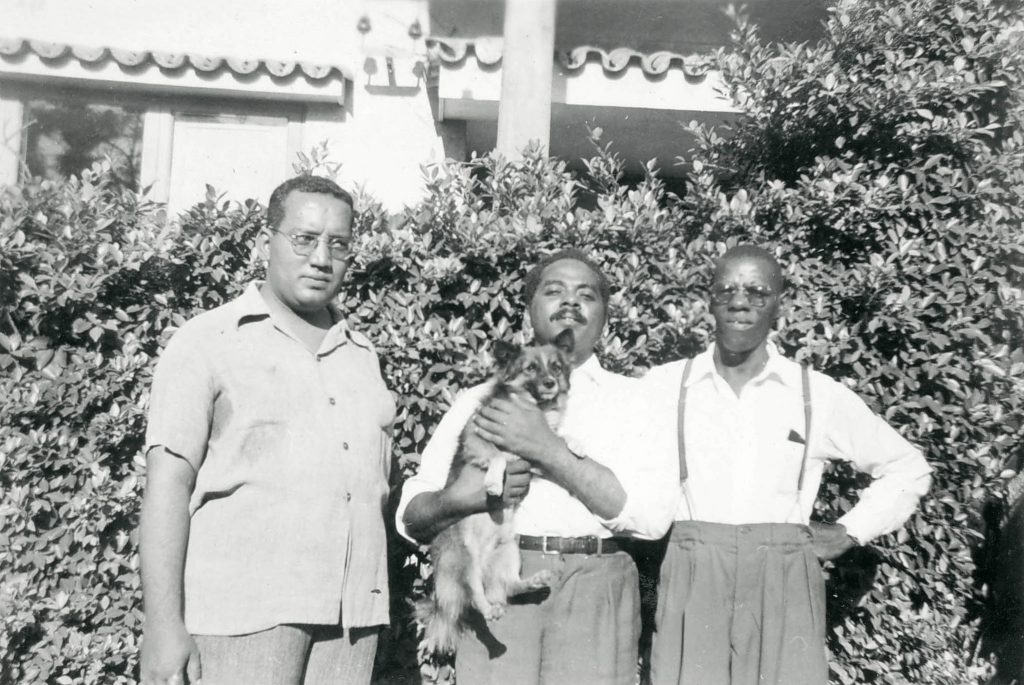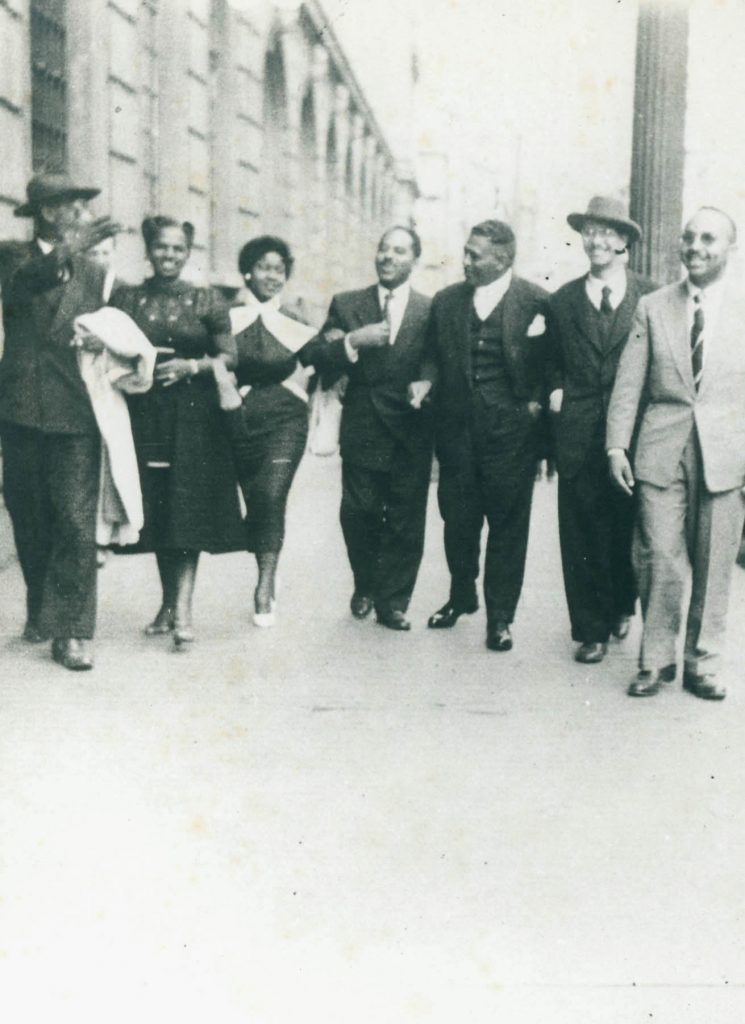Abdias was one of the greatest defenders of our culture. Undoubtedly, he left us an extensive history of fight. However, we are more influenced by Maria de Lurdes Vale Nascimento, activist, social worker, journalist, professor. A central figure among intellectuals who conceived the Black Experimental Theater movement, her presence is still silenced for having been Abdias Nascimento’s partner. We are so inspired by this woman that our fight is to prevent women like her or any other one from being erased from history or become icons or an example of minor importance.
Maria de Lurdes Vale Nascimento stated: “If we, black women in Brazil, are really prepared to enjoy the benefits of civilization and culture, if we effectively want to achieve a standard of living compatible with the dignity of our status as human beings, we need – with no more delay – to engage in politics.” This is the kind of source that nurture the Blogueiras Negras [Black Women Bloggers] so that they can move on. She is one of the black women that inspires us.
Little by little, we are raising the visibility of the importance of the fight against racism. We have had some specific achievements in this regard, like the quotas in the public service and universities, and the teaching of African and Afro-Brazilian culture and history in schools. These measures have not been fully implemented as yet, but at least they fuel the debate about their need. We are many people involved in the content and media production, we have been able to foster more dialog each day seeking change and equality.
But still, we are the ones who die more, those who are more exposed to domestic violence, the highest rate of youth murdered, we have a lot to go.
Lélia Gonzalez told us that we need a name and a family name, otherwise racism will give us the name of its choice. And it calls us “lesser,” “mulattas,” something that we do not accept anymore. We have a prized black aesthetic and culture. This is the time to offer a new perspective of who we are and produce new stories about us. Real stories.
The Blogueiras Negras [Black Women Bloggers], aiming at making sure that the black women’s voice is heard, proposes that we stop being regarded as objects of study and start taking the lead in writing our own stories. It is more than a website: it is also an active community with more than 1,200 women debating issues that are dear to them and obviously, owing to the oppression and violence they have also undergone, transform them into a written article, a video, accusations. The Blogueiras Negras is a space of struggle and strengthening. Together, we can discuss and go after anything that will change our lives, keep ourselves and our families alive.
To fight against racism…
The fight against racism happens everyday and in various ways.
Through music, literature, in the daily chores or the school. Each one, on her own way and with the tools he/she has, fights against the oppression, denounces, and makes the other people re-think themselves.
We learned with Audre Lorde that silence will never protect us. Then, speaking up, denouncing, shouting, singing, and breaking the far-off silence are all we have left.” Never shut up again when faced with anything that hurts us, that demotivates us, that which devalues us or undermines our self-esteem. And breaking the silence can materialize through a mild or incisive gesture, full of love or anger, because anger is also a powerful tool that can be transformative.
We wish everyone, black or not: that you never be quiet in the face of racism. That is the lesson of the black women, that is the lesson we learned with black feminism.
